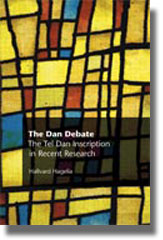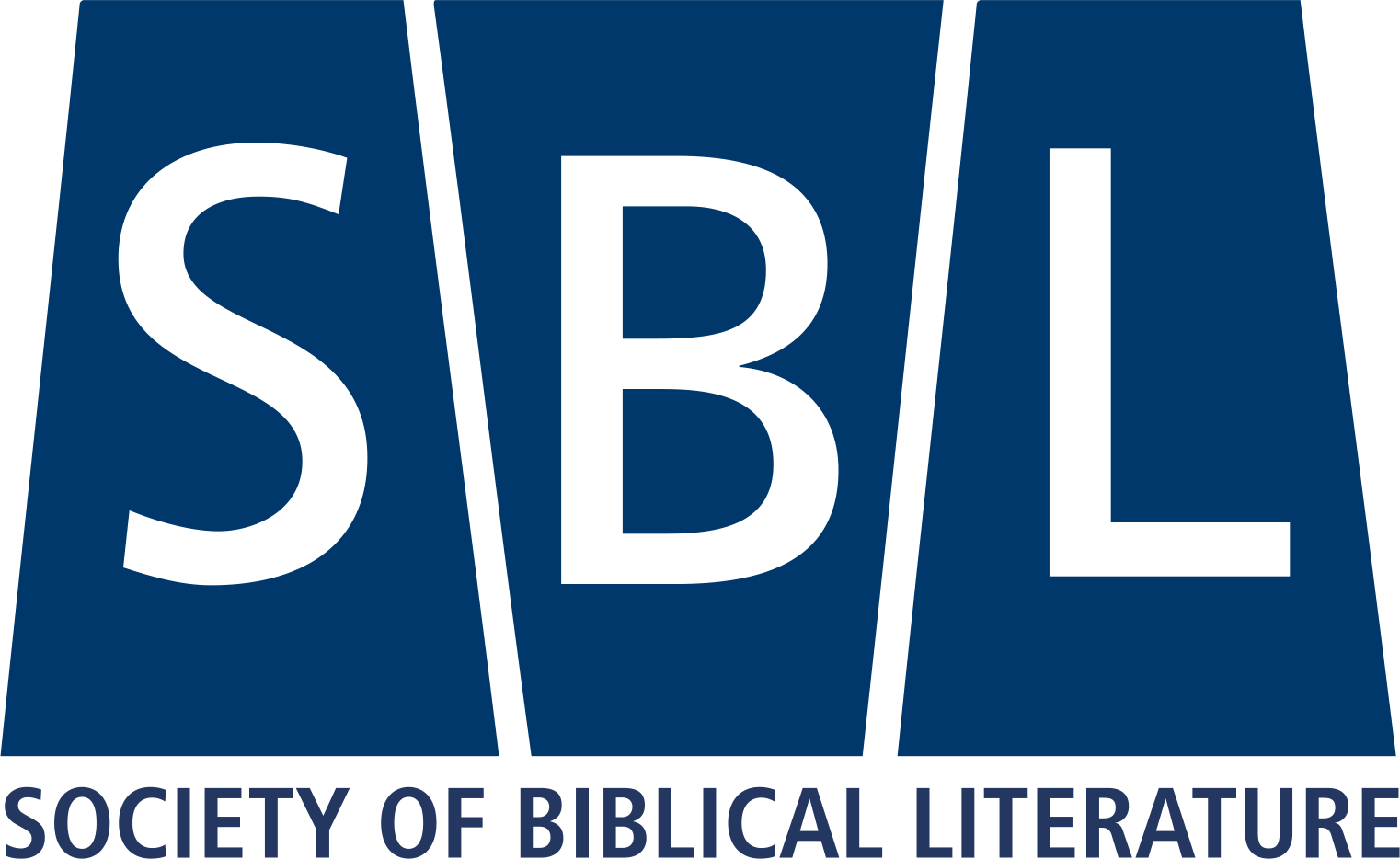
$90.00
The Tel Dan inscription was found in three fragments on Tel Dan in northern Israel in 1993 and 1994. It is one of the most controversial textual archaeological finds since the discovery of the Dead Sea Scrolls. Most scholars agree that the text, which is written in Old Aramaic, is to be dated to the late ninth century B.C.E. It refers to a war between the Aramaeans and the northern kingdom of Israel. The text is apparently represented as authored by King Hazael of Damascus, and many scholars have discerned the names of the kings Jehoram and Ahaziah of Israel and Judah in the fragmented text.
There has been an extremely lively, even heated, debate over both its language and its content, and it is time that a full survey of the debate should be undertaken. In his previous book, The Tel Dan Inscription: A Critical Investigation of Recent Research on Its Palaeography and Philology (2006), Hallvard Hagelia has examined those more technical aspects of the debate. In the present volume, The Dan Debate: The Tel Dan Inscription in Recent Research, Hagelia analyzes the debate on all the other more general aspects of the inscription. His own view is to support the joining of the fragments as it is done by the editors, Biran and Naveh, and to translate the controversial term bytdwd as “house of David.”
The debate on the Tel Dan inscription is interesting and significant in itself, but it can also be viewed as a case study of the wider debate between the so-called “minimalists” and “maximalists” in Hebrew Bible scholarship. In particular, Hagelia’s two books offer an notable exchange of views with George Athas’s The Tel Dan Inscription: A Reappraisal and a New Interpretation (2003).
Hallvard Hagelia is Professor of Old Testament Studies at Ansgar College and Theological Seminary in Kristiansand, Norway.
The SBL is the North American distributor for Sheffield Phoenix Press. Customers outside of North America can purchase this book directly from Sheffield Phoenix by clicking here.
